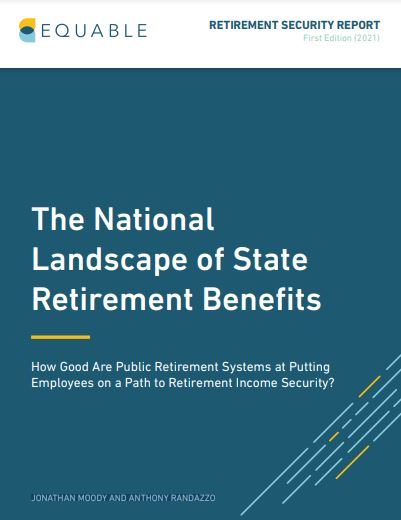US. Senate Version of SECURE 2.0 Set to Move Forward
The Senate version of SECURE 2.0, titled the “Enhancing American Retirement Now (EARN) Act,” is scheduled for mark up Wednesday morning. The news comes two weeks after Senators Patty Murray, D-Wash., and Richard Burr, R-N.C., introduced a SECURE 2.0-like bill titled the “Retirement Improvement and Savings Enhancement to Supplement Healthy Investments for the Nest Egg (RISE & SHINE) Act.” “Americans deserve dignified retirements after decades of hard work, and our bill is an important step forward,” Senate Finance Committee Chair Ron...










